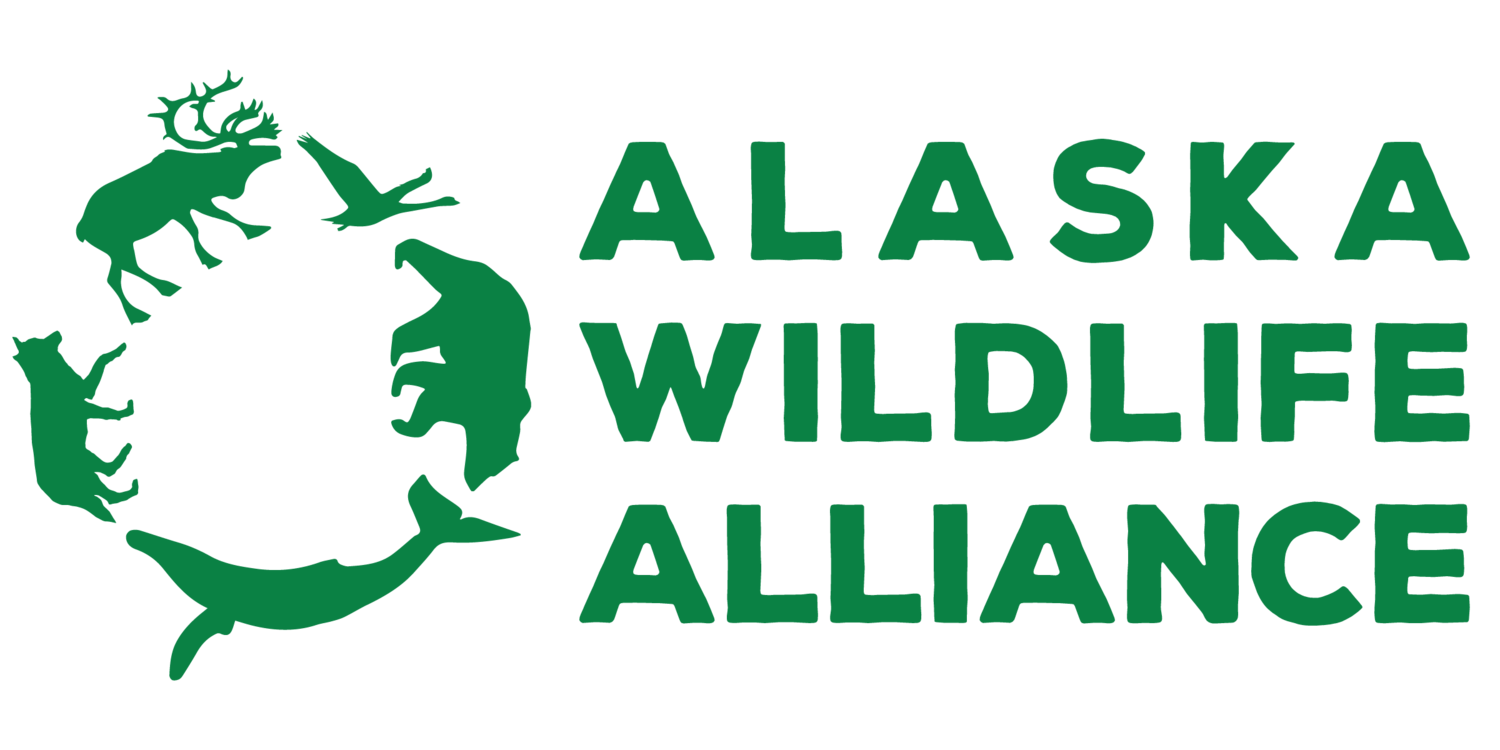Over 200 regulatory proposals were considered - here are the results.
Overview of Trap Setback Proposals on the Kenai Peninsula
Action Alert! Comment to support a new National Park Service Rule that protects bears, wolves and people
Wildlife crossings, trap setbacks, and more: Get involved in the Southcentral Board of Game process
Southeast Board of Game meeting summary
Speaking up for wildlife at the Southeast Board of Game meeting
2022/23 Board of Game proposals
Protecting Bristol Bay Wildlife
Victory! Reducing halibut trawl bycatch in the Bering Sea
Petition to Protect Lower Cook Inlet Wildlife
Help Reduce Halibut Bycatch
What happened at the Special Board of Game meeting, March 2021
Action Alert! Proposed Designations of Critical Habitat for Ringed and Bearded Seals in Alaska
Comment to support critical habitat designations for ringed and bearded seals
Army Corps Denies Pebble Mine Permit! ...so it's over?
VICTORY! Court upholds prohibition of brown bear baiting in the Kenai Refuge
“We believe that the Fish and Wildlife Service is obligated to protect Kenai brown bears on the refuge and this opinion recognizes the agency’s authority to do just that,” said Nicole Schmitt, executive director of the Alaska Wildlife Alliance. “At a time when so many of Alaska’s wildlife protections are being rolled back, this ruling comes as a sigh of relief for all those who enjoy the Refuge and its wildlife.”
FACTSHEET: What are the proposed regulations for Kenai National Wildlife Refuge?
VIDEO: Training on how to use your voice for wildlife
VIDEO: Wildlife Wednesday- Trapping Regulations on the Kenai Peninsula
Lower Cook Inlet lease sale: Our concerns for endangered beluga whales
The Cook Inlet beluga whale is a revered whale population that resides off the coast of Alaska’s largest city and along Alaska’s popular Kenai Peninsula. Its population has plummeted in recent decades from nearly 1,300 individuals in 1979 to only 279 in 2018, and despite its status as an endangered species, the population shows no signs of recovery and continues to decline at a rate of 2.3% per year.


























